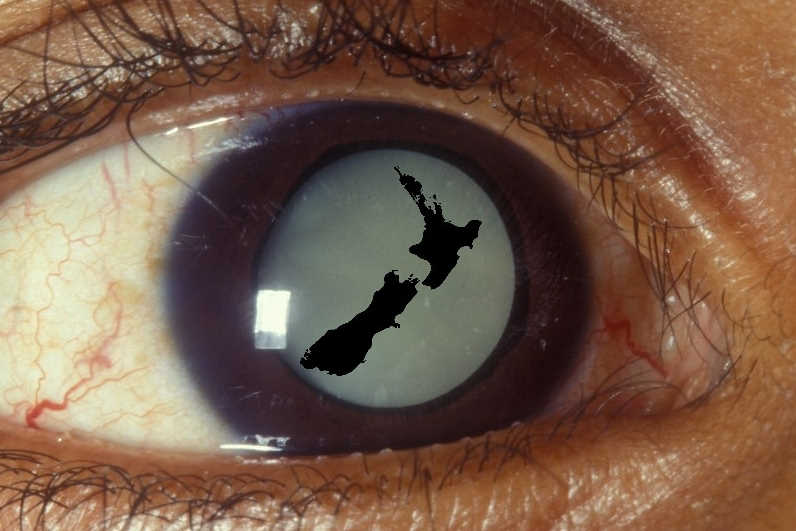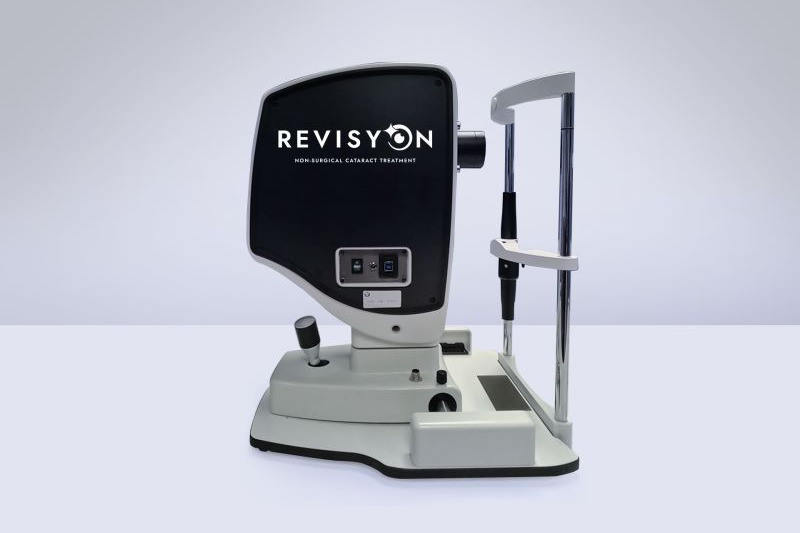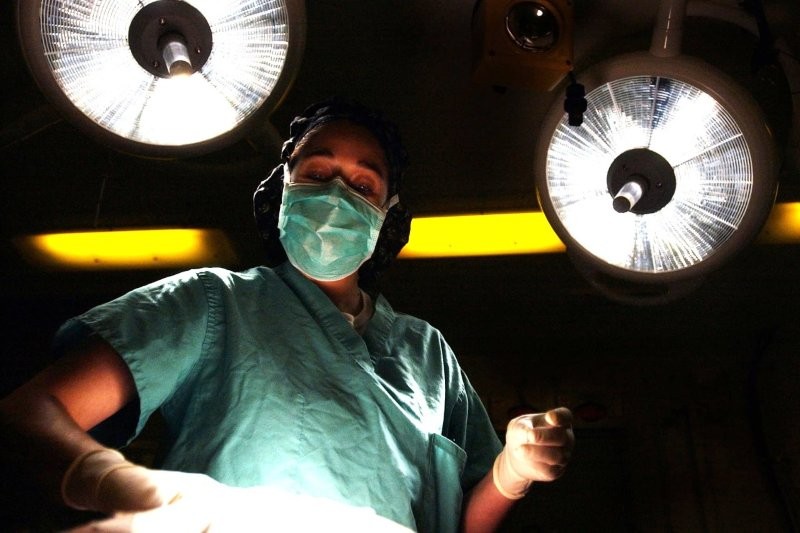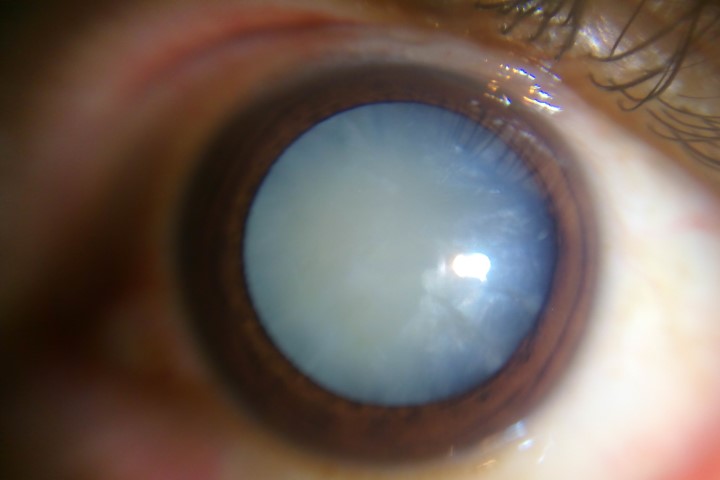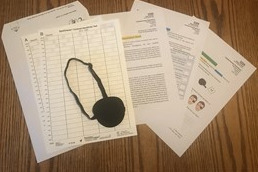Government tackles cataract ‘postcode lottery’?
Approximately 3,500 more cataract surgeries will be delivered in New Zealand over the next 18 months, following the government’s implementation of a nationally consistent Clinical Priority Assessment Criteria (CPAC) threshold to end the ‘postcode lottery’. Announcing the move, minister of health Dr Ayesha Verrall said the current cataract surgery waiting list exceeds 7,800 people.
New Zealanders’ eligibility for cataract surgery is based on their CPAC scores – a value of 0-100 based on visual acuity, cataract morphology and an ‘Impact on Life’ questionnaire. “In Auckland and Waitematā, you become eligible with a score of 46. But in Canterbury and Southern, you needed a score of 61 – which represents poor vision and meant that the person could no longer legally drive,” explained Dr Verrall. Under the new system, a nationally consistent score of a maximum of 46 will allow access to surgery, she said.
“In the Budget we allocated $118 million to reduce wait lists and standardise access to healthcare, including cataract surgery,” said Dr Verrall. “Ophthalmologists and patients across the country have been calling for consistency around life-improving cataract surgery and the revised threshold I’m announcing today responds to that.”
Among those calling for consistency was Gisborne-based ophthalmologist Dr Graham Wilson, whose 2020 paper defined quality-adjusted life years (QALY) for cataract surgery in New Zealand for the first time. “(The new standardised score) is really low – which is good. When my brother, who is a professor of public health in Wellington, saw this, he said everyone in New Zealand should have cataract surgery. In other words, this is truly one of the best health interventions for the Kiwi public; spending more money on it is great.”

Dr Graham Wilson
Wellington ophthalmologist Dr Jesse Gale also welcomed the initiative. “A CPAC score of 46 is the lowest in the country and means that many people with symptoms and 6/12 cataracts get surgery. It’s a win for equity, but also a win for investing in cataract surgery, which is extremely high value surgery for improving the quality of life and safety of patients.”

Dr Jesse Gale
The practicalities
However, some ophthalmologists noted extra funding is only part of the solution, with increased cataract surgeries requiring more resources. “When we are already short of access to theatres, theatre nurses, anaesthetic techs, how do we get the work done?” said Dr Wilson. “Sadly, much will be contracted out. My understanding is that almost a third of cases done in a couple of the big centres are actually done privately.”
Auckland-based ophthalmologist Dr Dean Corbett was the initiator of CPAC back in 2003. “So it has only taken 20 years for the government to recognise the obvious,” he said. “They have committed $100m to achieve this but with no negotiation as yet with the parties who are to deliver it – meaning the private sector. Unfortunately, the government continues to manipulate the generally well-meaning ophthalmic sector with a series of poorly organised competitive contracts which repeatedly fall short of a system that could be described as efficient or businesslike.”
Speaking to Radio New Zealand (RNZ) on the morning of the government’s announcement, Dr Gale said hospitals will now need to allocate more resources to cataract surgery, which, in a stretched service, might reduce access to other types of eye surgery. “None of these hospitals is deliberately being inefficient, so there’s not a lot of savings to be made in telling people to be more efficient in their surgical booking.”
Hamilton-based ophthalmologist Dr James McKelvie, co-founder of health information firm CatTrax, designed to improve efficiency within eye surgery delivery, echoed Dr Gale, saying careful thought is now needed to increase the efficiency and throughput of surgery, rather than just doing more of the same. “I also suspect the 3,500 additional surgeries will not be enough to achieve a universal threshold. We have heard from many optometrists that patients who have only had surgery in one eye are already asking if they can now have second eye surgery – there may well be a surge in demand in response to the additional funding.”
Former New Zealand Association of Optometrists president Rochelle van Eysden told RNZ one way to ease the increased load on ophthalmologists would be to allow optometrists to provide post-operative care. “Optometrists are wider spread in the community, so if they have to go to a main centre for their cataract surgery, they can return home and have their post-operative care done in the community by their local optometrist.” She said she hoped the government and Te Whatu Ora might look at this idea, but they would have to pay optometrists to provide this care.
Paediatric retinal camera boost
In a separate announcement, the government also pledged improved neonatal retinal screening for premature babies by allocating an initial $7 million for the purchase of 20 new paediatric retinal cameras as part of its Kahu Taurima programme for maternity and early years. “This investment means at least one portable retinal camera will be available in every tertiary hospital in New Zealand,” said associate minister of health Willow-Jean Prime. “Having the right equipment when babies are born means we can treat avoidable problems and monitor issues in the right way.”







